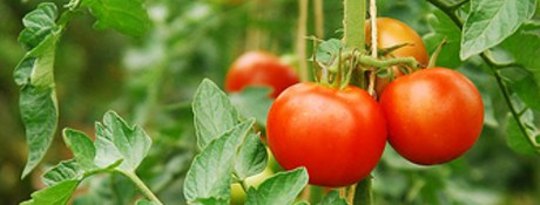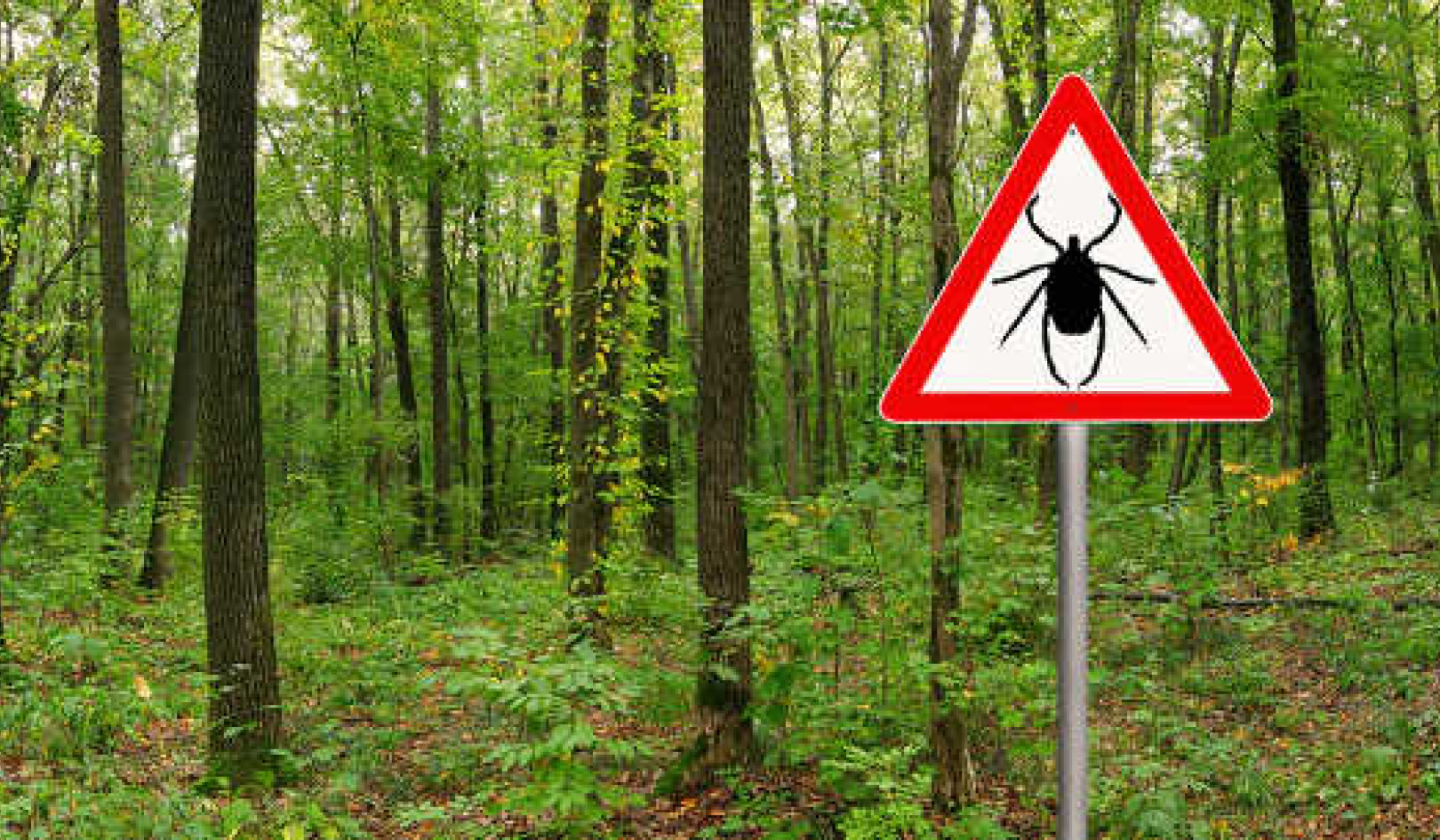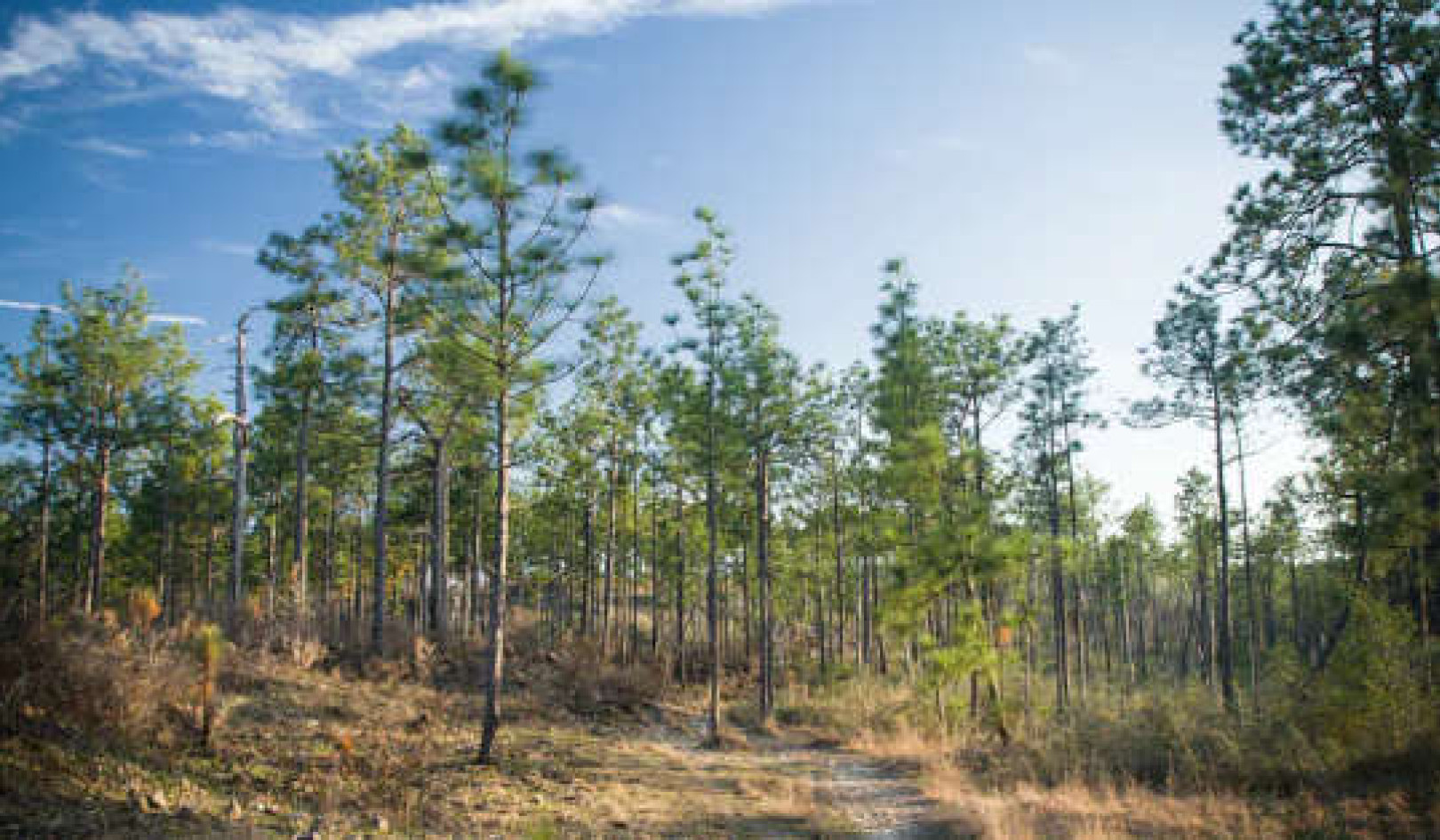
There are few things you can do in this world that offer as much reward, financially and personally, as gardening. A tomato seed, which costs only pennies, can grow into a plant that can produce twenty or more pounds of fresh, organic food. In addition to the financial benefits, gardening provides you with a reason to go outside, breathe fresh air, and get some exercise. And once you've tasted a garden fresh tomato, you will understand why it is the number one vegetable grown in backyard gardens.
But the benefits don't stop with tomatoes. Practically every vegetable tastes better when it's fresh and ripens on the vine, and it is more nutritious. From the time produce is picked, it starts to lose nutrition, and if it is picked green, it has lower nutritional value than if it is vine ripened.
Sometimes articles or books make gardening sound like a terribly expensive hobby, requiring high-priced tools, raised beds, and gravel-lined pathways. In reality, you can start growing some of your own foods for less than $10 by purchasing a few inexpensive bedding plants at your local garden center. If you have never had a garden, start small with your favorite, most-often purchased vegetable. Nothing is more disappointing than seeing a garden consumed by weeds because it was too big for you to be able to tend through the growing season.
Financial Benefits of Gardening
Savings: How much money you save will depend on what vegetables you grow. If you plant easy-to-grow, prolific, and expensive vegetables like bell peppers, you will save a lot more than if you plant inexpensive vegetables like carrots, which yield one carrot per seed and can be a challenge to germinate.
Get The Latest By Email
Where and How to Garden
Small spaces: You may think that you need a big yard to have a garden, but you can grow vegetables in almost any space that you have, provided it gets sun. Even if you have no yard at all, you can grow plants in pots on a balcony or in front of a sunny window.
A backyard vegetable garden does not need to be large to produce an abundant harvest. The key is in planning the garden design. You can plant more in a small space by creating wide rows or by growing vertically.
Vertical gardening: Just as the name implies, vertical gardening means growing plants upwards on trellises, arbors, fences, teepees, and whatever you can imagine. Although pole beans may immediately come to mind when you think of climbing vegetables, cucumbers and vining winter squash are also good candidates.
Cold frames and low tunnels: It is possible to harvest vegetables year-round, even if you live in colder climates, such as Michigan or Maine, by using a cold frame or low tunnel, both of which are unheated by anything other than the sun. A cold frame is a box with a glass top, and a low tunnel is a short hoop house that is covered with greenhouse plastic. During the day when the sun is shining, heat is trapped in the structure, so during the night, the warmth of the ground keeps the plants inside from freezing even though temperatures may fall well below freezing.
 Container gardening: If you have a south-facing porch, deck, or window, you can create a beautiful and delicious pot of vegetables, strawberries, or herbs. If you don't have a place to sit a pot, you can use hanging planters.
Container gardening: If you have a south-facing porch, deck, or window, you can create a beautiful and delicious pot of vegetables, strawberries, or herbs. If you don't have a place to sit a pot, you can use hanging planters.
You don't even have to buy a pot. You can repurpose a bucket or other container by drilling a few holes in the bottom for drainage. I've seen all sorts of things used as pots, including coffee cans, milk cartons, and frozen orange juice containers. You will need to use a good organic potting soil and fertilizer and remember to water frequently.
What To Grow
Greens Pot: Even a pot as small as 12 inches across can be productive. Divide the surface into thirds, and plant seeds in each section. For a colorful display, put several Swiss chard seeds in one third; plant red romaine lettuce in another third; and plant kale in the last section. When the plants are a couple inches tall, add more seeds between them so that you can have a second harvest after cutting the first plants.
Sprouts: A lack of outdoor space is not a barrier to growing some food. You can grow sprouts in a jar in your kitchen for a fraction of the cost of buying them in the store. Sprouting seeds are sold at health food stores and through online vendors. I leave my sprouting jar on the kitchen counter next to the sink so I am unlikely to forget about it.
Edible landscapes: Why spend time and money feeding and watering a lawn only to spend more money cutting it every week when you could replace it with fruits and vegetables? I immediately thought of the Garden of Eden the first time I saw a yard that fully employed the concept of permaculture.
Eggplant, tomatoes, and onions grew under a young plum tree. A variety of herbs and salad greens grew along the side of a pond. Vegetables and herbs were interplanted with each other, and anyone driving past would have assumed this was a traditional flower garden.
Get creative and think beyond rows and rectangles when planning an edible landscape.
All Together Now!
Community gardens: Many years ago when we first moved to the Chicago suburbs, we lived in an apartment and rented a plot at the local community garden so that we could grow at least a few vegetables. Community gardens are available in many communities, usually at a very reasonable price.
Yard Sharing: "In the summer of 2011, we got the idea to develop a land-sharing model where neighbors could offer their land for others to grow food on in exchange for some of the food themselves. We piloted the program with one yard and converted roughly 700 square feet of urban lawn into a cornucopia of fresh, organic vegetables." — Peter Hoy and Molly Costello, Chicago, Illinois
Subtitles by InnerSelf*
©2012 by Deborah Niemann-Boehle. All rights reserved.
Reprinted with permission of the publisher,
New Society Publishers. www.newsociety.com
This article was adapted with permission from Chapter 7 of the book:
Ecothrifty: Cheaper, Greener Choices for a Happier, Healthier Life
by Deborah Niemann.
 A must-read for anyone who has ever wanted to live a greener life but thought that it would be too expensive, time-consuming, or difficult, this handy, complete guide will show you how small changes can have a huge environmental impact and save you thousands of dollars, all while improving your quality of life.
A must-read for anyone who has ever wanted to live a greener life but thought that it would be too expensive, time-consuming, or difficult, this handy, complete guide will show you how small changes can have a huge environmental impact and save you thousands of dollars, all while improving your quality of life.
Click here for more info and/or to order this book.
About the Author
 Deborah Niemann is a homesteader, writer and self-sufficiency expert who presents extensively on skills for living a more self-reliant life. She has raised livestock for over 10 years and is the administrator of a popular online forum and social network focused on Nigerian Dwarf dairy goats. She is the author of Homegrown and Handmade: A Practical Guide to More Self-Reliant Living, and Ecothrifty: Cheaper, Greener Choices for a Happier, Healthier Life. Deborah and her family produce all of their own meat, eggs and dairy products, while an organic garden and orchard provide fruit and vegetables.
Deborah Niemann is a homesteader, writer and self-sufficiency expert who presents extensively on skills for living a more self-reliant life. She has raised livestock for over 10 years and is the administrator of a popular online forum and social network focused on Nigerian Dwarf dairy goats. She is the author of Homegrown and Handmade: A Practical Guide to More Self-Reliant Living, and Ecothrifty: Cheaper, Greener Choices for a Happier, Healthier Life. Deborah and her family produce all of their own meat, eggs and dairy products, while an organic garden and orchard provide fruit and vegetables.







